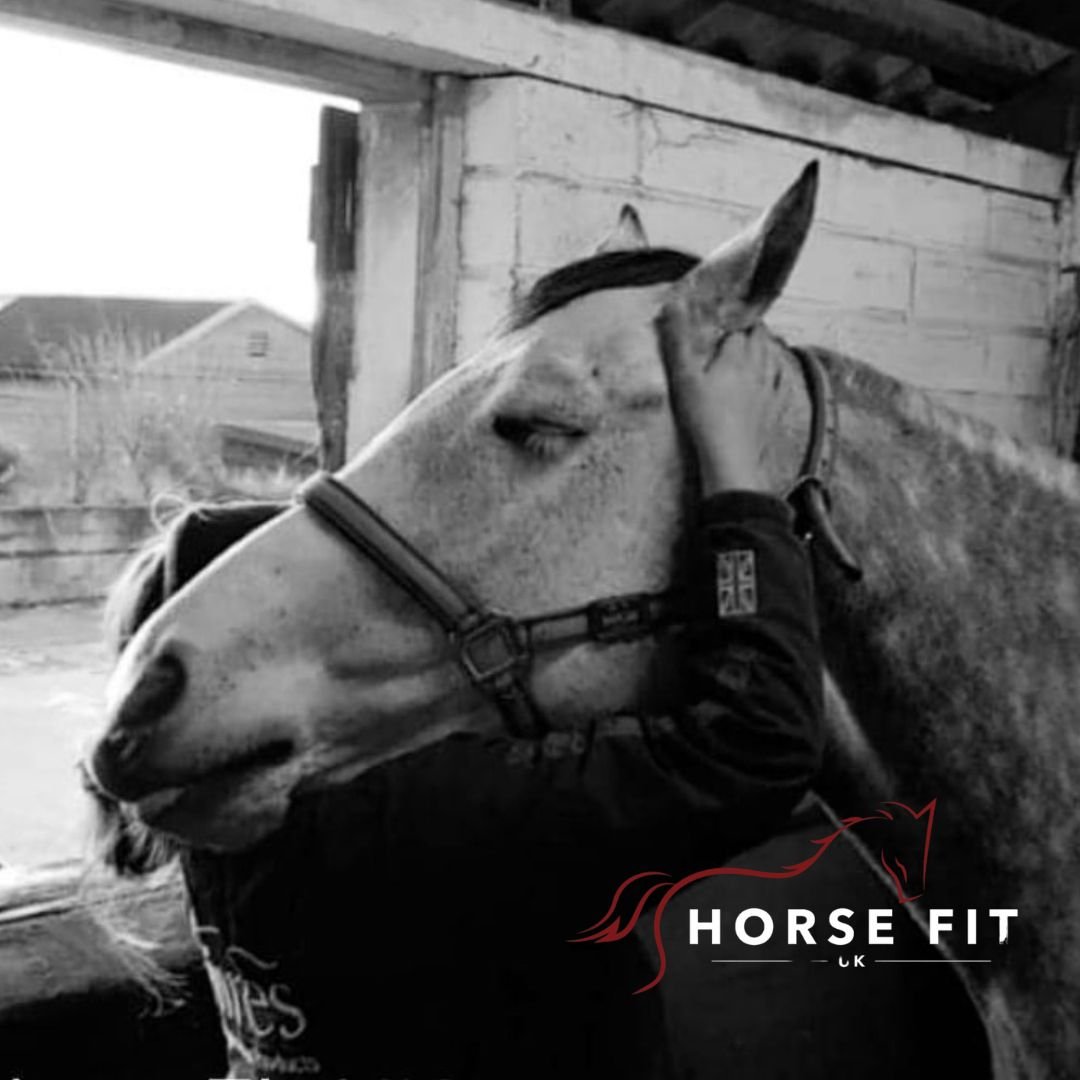
Equine Massage
Like most therapies, regular equine massage sessions create a healthy musculoskeletal system. Head to tail is evaluated, treated and a plan of action is put into place.
The whole team behind caring for a horse should work together. Owner, farrier, vet, dentist, chiropractor… All parties should offer the owner clear information and put the horse’s health and welfare first.
Prevention is always better than a cure.
The Benefits of Equine Massage:
Injury prevention.
Relieves pain, stress and tension.
Improves well-being and mental state.
Improve posture and muscle tone.
Improves immune system support and response.
Improves and increases circulation.
Improves and increases flexibility and balance.
Improves and increases range of movements and length of stride.
Reduces swelling and fluid.
Improves the connection and relationship between the owner and horse with the homework exercises and stretches.
Signs your horse may benefit from an Equine Massage:
Change in attitude, mood and personality traits.
Bad posture, muscle atrophy and tone, lack of movement and length of stride.
Reluctant to want to be exercised.
Visual muscle spasms and flinching.
Tail swishing, ears back, biting/nipping, moving away when rugs or tack is fitted.
Unwilling to work over the back and in an outline.
Knocking poles and not able to do sharp turns in jump offs.
Signs of depression or distress.
Bucking, rearing, bolting.
Anxiety, weaving, box walking.
Types of Equine Massage:
Sports/Maintenance
Rehabilitation:
Pre/Post-Event
Relaxation/OAP


